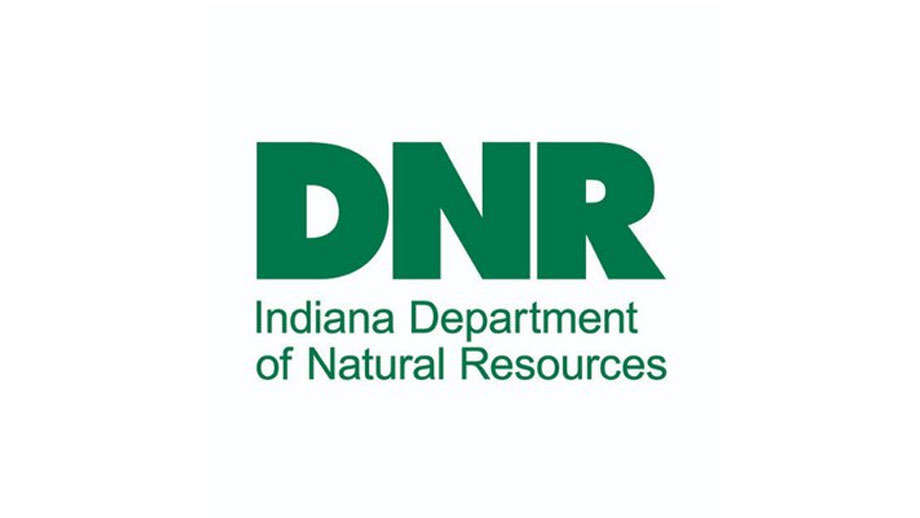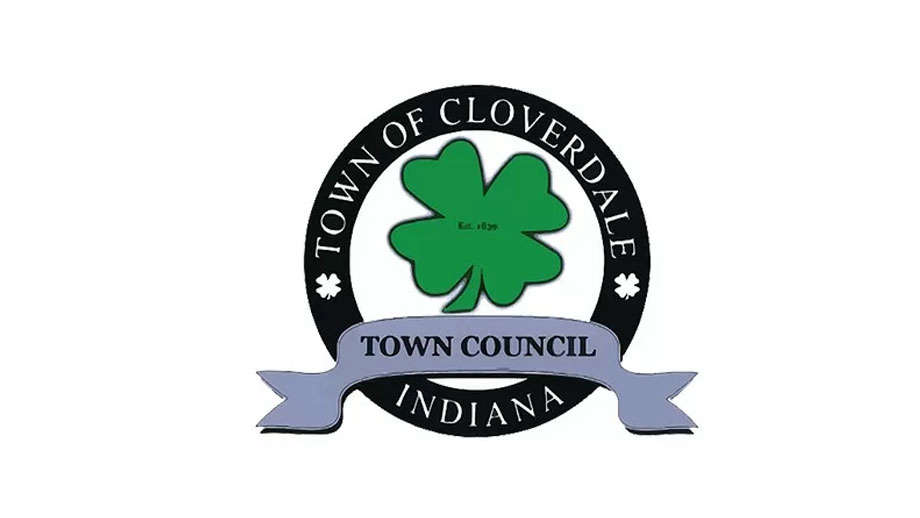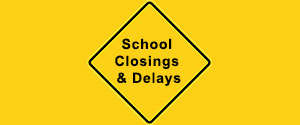
We have already had our fair share of nasty winter weather in 2025.
Hopefully, the nasty winter weather ends soon, but in the event, we continue to see ice and snow here are some helpful information about the differences between the various types of deicers and their impact on your plants.
There are numerous types of deicers available. The five common chemicals used for deicers are: Calcium Chloride, Sodium Chloride, Potassium Chloride, Urea, and Calcium Magnesium Acetate (CMA). Calcium Chloride gives off heat as it melts which allows it to melt at lower temperatures.
Sodium Chloride is rock salt. It is relatively inexpensive but can damage plants. Likewise, it can damage metal and concrete. Thus, this is why you tend to see long lines at the car wash following a snowstorm.
Potassium Chloride is naturally occurring. It is used as a fertilizer and as a food salt substitute. It can cause foliage burn on your plants along with damaging their root system. The reason for that is because of its high salt index.
Urea is primarily used as a nitrogen-based fertilizer. When compared to the previous deicers, it is less likely to cause damage to your plants unless too much is used. Instead, it might cause your turf to grow a lot in the spring.
Calcium Magnesium Acetate (CMA) is another deicing agent. It is salt-free and made from dolomitic limestone and acetic acid. CMA causes little impact on plants making it an environmentally friendly deicer when compared to the others.
Deicers should not be used to completely melt the snow or ice. Instead, you should use them to make snow removal easier. Once the snow or ice is partially melted, try to shovel or plow it away. If left there to melt completely, you stand a chance of the chemical spreading onto your plants and into the soil. This could ultimately harm your plants.
The following trees and shrubs are sensitive to having salt that is used as a deicer touching them: American Beech, American Elder, American Hornbean, Black Cherry, Crabapple, Dogwood, Eastern Redbud, Hackberry, Hawthorn, Spirea, Tuliptree, and Viburnum. In comparison, Black Walnut, Eastern Redcedar, Jack Pine, Silver Maple, and White Ash are tolerant of having salt touch them. For a complete list of plants and their sensitivity to deicers, check out the University of Nebraska publication G1121 “Winter Deicing Agents for the Homeowner” online.
Visit our homepage at www.extension.purdue.edu/putnam or you can contact the local Purdue Extension Office by calling 765.653.8411 for more information regarding this week’s column topic or to RSVP for upcoming events. It is always best to call first to assure items are ready when you arrive and to RSVP for programs. While many publications are free, some do have a fee. Purdue University is an equal access/equal opportunity institution. All times listed are Eastern Time.
Upcoming Events:
Jan. 21 – Leaving a Lasting Legacy, 6:30-9 pm, Register at https://purdue.link/Legacy
Jan. 22 – January Crop Update, Fairgrounds, 9:00 am, register at
https://tinyurl.com/PutPARP25
Jan. 23 – Joint Annual Dinner for Purdue Extension & Putnam Co. SWCD, Fairgrounds,
6:00 pm, $5 register in advance at 765-653-8411
Jan. 25 – Indiana 4-H Foundation Scholarships Due
Feb. 12 & 13 – Ag Women Engage Conference & Pre-Conference, Fort Wayne, register at
https://purdue.link/AWE25


 DNR receives regional award for project on former mine land near Pleasantville
DNR receives regional award for project on former mine land near Pleasantville
 Cloverdale continues to chase light at the end of the tunnel with CSX
Cloverdale continues to chase light at the end of the tunnel with CSX
 ISP shopping safety tips
ISP shopping safety tips
 Funding available for waste tire cleanup projects
Funding available for waste tire cleanup projects
 Putnam County’s 2026 Lilly Endowment Community Scholar is Greencastle’s Bailey Boggess
Putnam County’s 2026 Lilly Endowment Community Scholar is Greencastle’s Bailey Boggess
 BMV announces Christmas and New Year's Day holiday hours
BMV announces Christmas and New Year's Day holiday hours
 Indiana launches Smart SNAP
Indiana launches Smart SNAP




